Creating an Effective Google Ads Strategy: Tips and Tricks
July 13, 2023

Pay-per-click (PPC) advertising is an increasingly popular way to drive traffic to a website. Google Ads, in particular, is a powerful tool for businesses looking to reach their target audience and increase conversions. However, creating a successful Google Ads campaign can be challenging.
In this article, we will discuss essential tips to create an effective Google Ads strategy.
1. Keyword Research
Effective keyword research is critical to the success of a Google Ads campaign. Before launching an ad, it’s essential to identify the keywords or phrases your target audience is searching for. Google’s Keyword Planner tool is an excellent resource for finding relevant keywords. It provides information on search volume, competition level, and estimated cost per click (CPC).
2. Ad Copy
Once you have identified the keywords, it’s time to create compelling ad copy. The ad copy should be attention-grabbing, concise, and relevant to the user’s search query. It’s essential to highlight the unique selling proposition (USP) of your product or service and include a call-to-action (CTA) that encourages the user to click on the ad.
3. Landing Page
The landing page is where the user will land after clicking on your ad. The landing page should be relevant to the ad copy and provide the user with a clear and concise message. It’s essential to ensure that the landing page is mobile-friendly, loads quickly, and has a clear CTA. A well-designed landing page can significantly increase the chances of converting a user into a customer.
4. Ad Groups
Organising your ads into ad groups is an effective way to target specific keywords and increase the relevance of your ads. Ad groups allow you to create targeted ad copy and landing pages for each group of keywords. This strategy can improve the quality score of your ads, which can lead to a lower CPC and higher ad position.
5. Negative Keywords
Negative keywords are keywords that you do not want to target with your ads. Adding negative keywords to your Google Ads campaign can help you avoid irrelevant search queries and reduce the cost of your ads. For example, if you’re selling premium products, you may want to exclude searches for “cheap” or “discounted” products.
6. Ad Scheduling
Ad scheduling allows you to control when your ads are shown to users. By scheduling your ads to show during specific times of the day or week, you can target users who are most likely to convert. This strategy can help you maximise your ad spend and increase conversions.
7. Ad Extensions
Ad extensions are additional pieces of information that can be added to your ads, such as a phone number, location, or additional links. Ad extensions can improve the visibility of your ads and provide users with additional information about your business. They can also improve the click-through rate (CTR) of your ads and increase conversions.
8. Tracking and Analytics
Tracking and analytics are essential for measuring the success of your Google Ads campaign. Google Ads provides detailed analytics on your ad performance, including impressions, clicks, CTR, and conversion rate. By tracking these metrics, you can identify areas for improvement and make data-driven decisions to optimise your campaign.
Conclusion
Creating an effective Google Ads campaign requires a thorough understanding of your target audience, relevant keywords, and ad copy. By following the tips outlined in this article, you can create a successful Google Ads strategy that drives traffic to your website and increases conversions.
Remember to continually monitor and optimise your ads to ensure that you are getting the best possible return on your investment.
Ready to take your digital marketing to the next level? Contact QB & Co Consulting today to learn more about our expert Google Ads management in Brisbane and personalised digital marketing strategies. Let us help you achieve your business objectives and reach new customers. Get in touch now!
